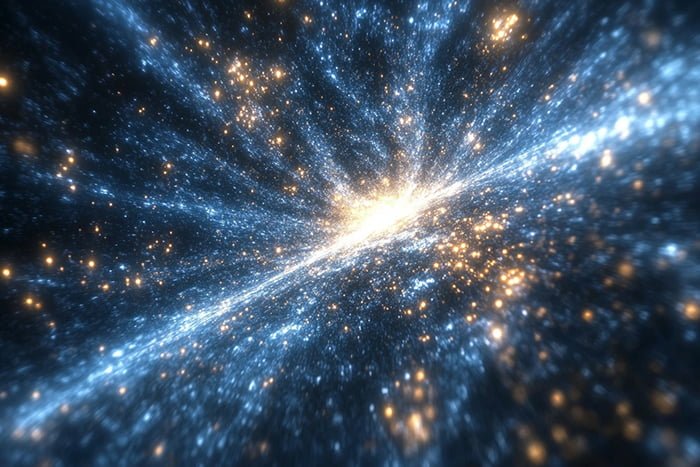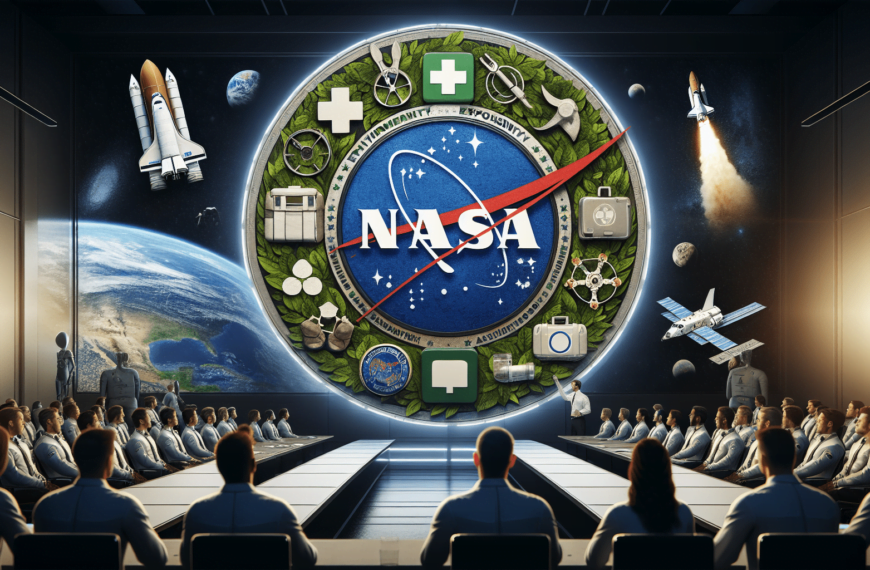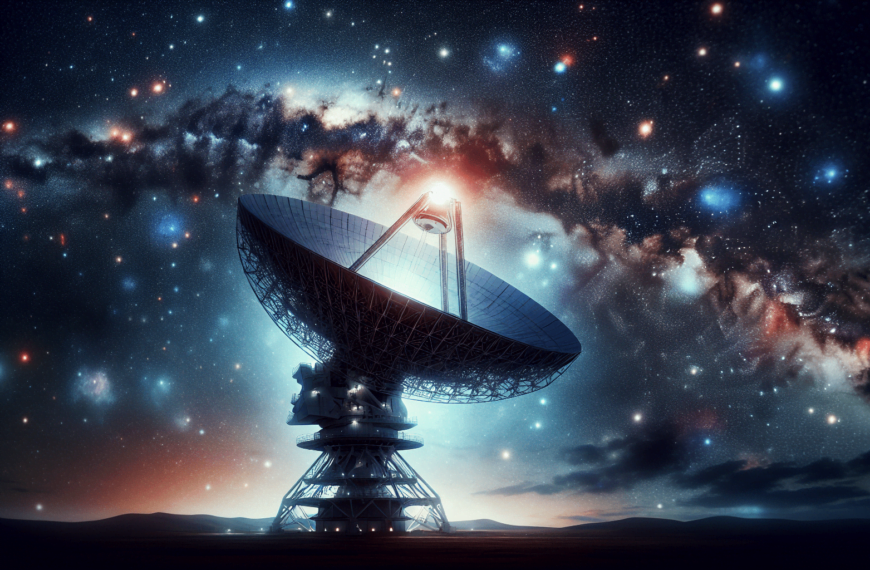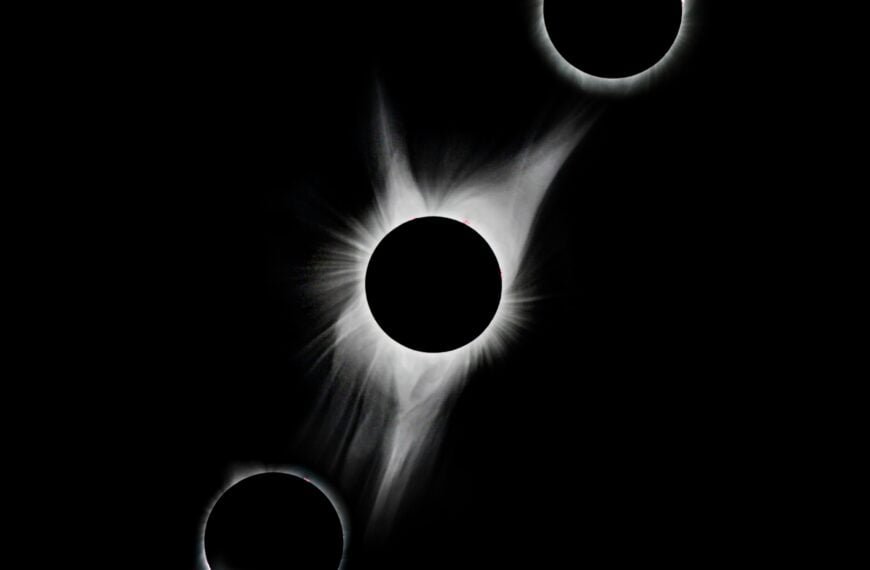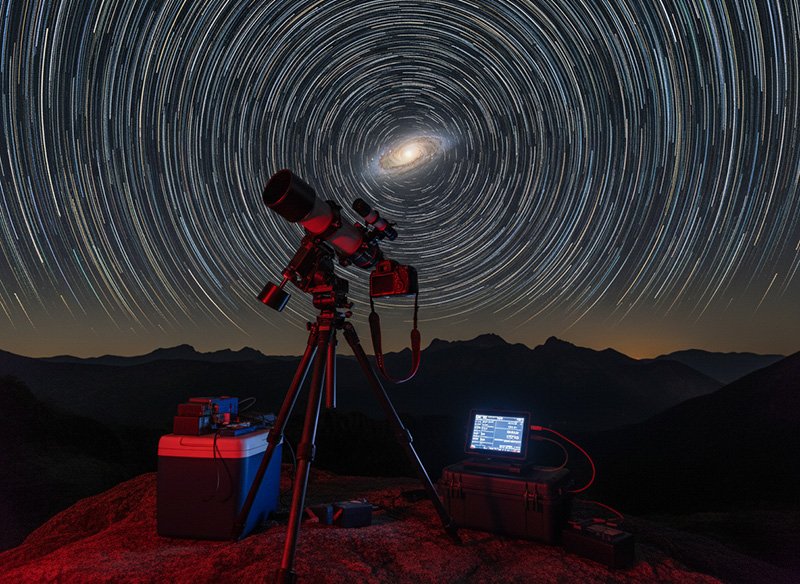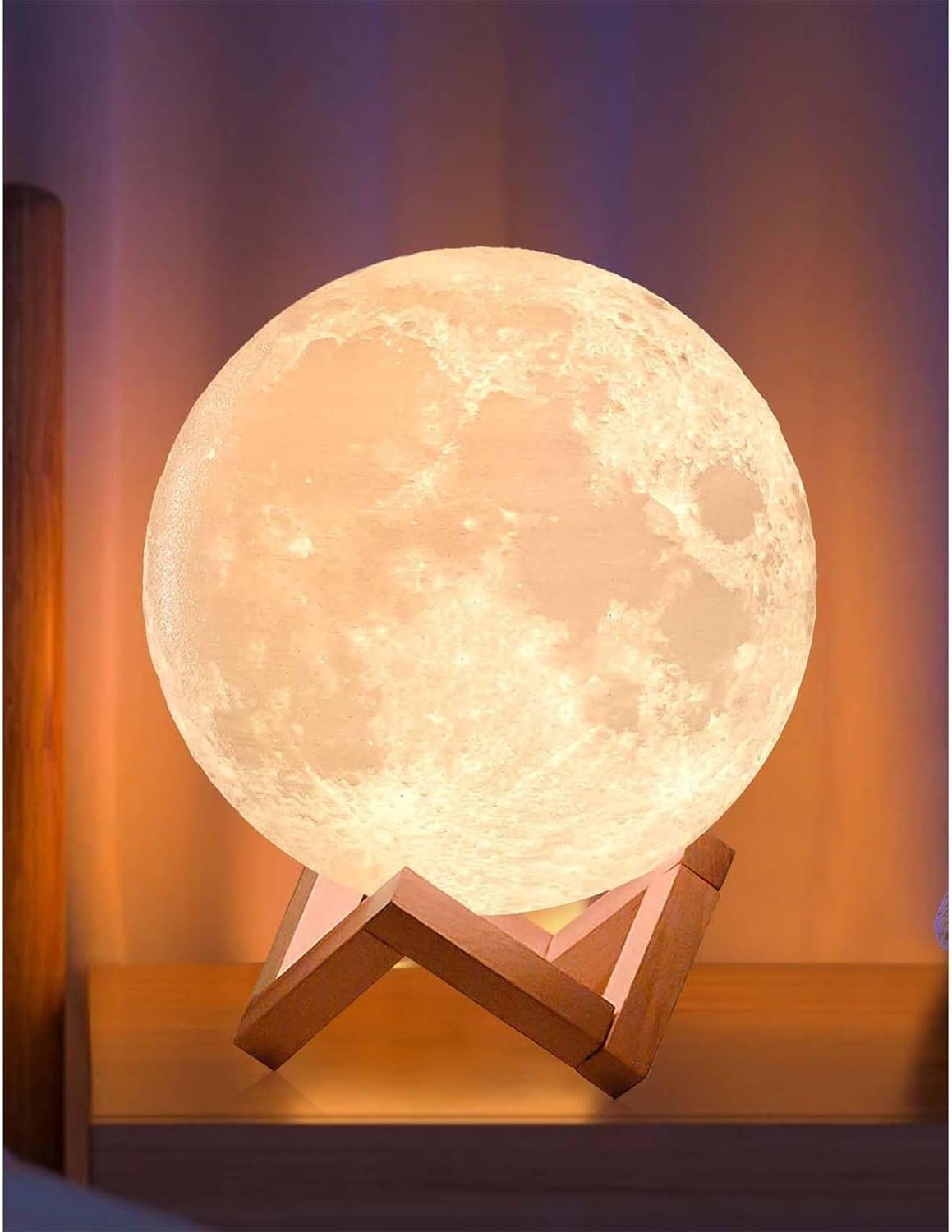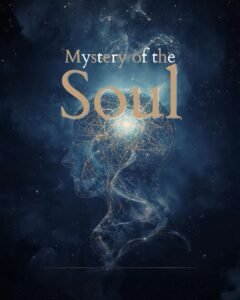New study reveals the dinosaur-killing Chicxulub asteroid likely came from the outer solar system, shedding light on Earth’s history and asteroid threats.
The asteroid that wiped out the dinosaurs 66 million years ago has long been a source of fascination and mystery for scientists. Now, a groundbreaking new study has uncovered the surprising origins of this fateful space rock, revealing that it likely came from the outer reaches of our solar system – far beyond the orbit of Jupiter. This discovery not only sheds light on one of the most pivotal events in Earth’s history, but it also has important implications for understanding the distribution and nature of asteroids that pose potential threats to our planet.
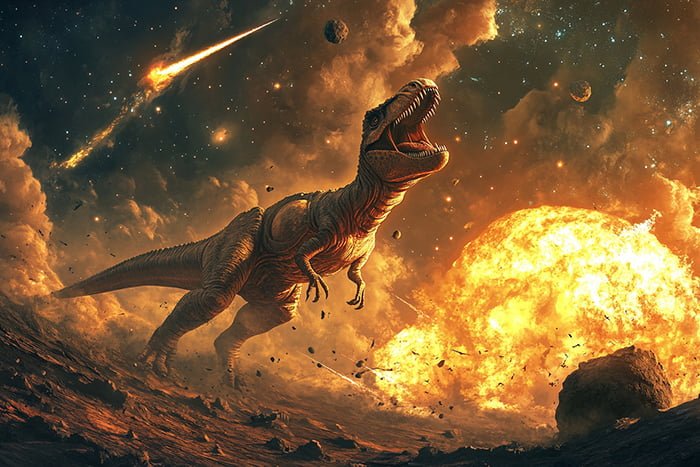
The Chicxulub Impactor: A Rare Visitor from the Outer Solar System
The Chicxulub impactor, named after the region in modern-day Mexico where its 124-mile-wide crater is located, has long been a subject of intense scientific scrutiny. Most researchers agree that this city-sized rock originated somewhere within our solar system, but its precise origins have remained elusive due to a lack of clear chemical evidence.
However, a new study led by scientist Mario Fischer-Gödde from the University of Cologne in Germany has shed new light on the impactor’s provenance. By analyzing the chemical composition of samples collected from the Chicxulub crater, the team discovered that the asteroid contained unusually high levels of a rare element called ruthenium.
Interestingly, this ruthenium signature is remarkably similar to that found in carbonaceous chondrite meteorites – a type of primitive, carbon-rich space rock that is believed to have formed in the outer regions of the main asteroid belt, between the orbits of Mars and Jupiter. This suggests that the Chicxulub impactor likely originated from a similar region, rather than the inner solar system where most of the asteroids we’re familiar with reside.
The element’s genetic fingerprint points to the rocks’ main asteroid belt origins, but the fateful city-size rock that struck Earth 66 million years ago likely nudged toward our planet either through collisions with other space rocks or the influences of the outer solar system’s gas giants like Jupiter,” explained Fischer-Gödde.
Piecing Together the Puzzle of the Dinosaur Extinction
The discovery of the Chicxulub impactor’s outer solar system origins has significant implications for our understanding of the events that led to the mass extinction of the dinosaurs. When the asteroid struck, it carved a massive crater and unleashed a cataclysmic chain of events that devastated life on Earth.
The Chicxulub crater is the only confirmed impact site on Earth made by an outer solar system asteroid; documenting its origins could inform models that describe impacts on planets and objects within other planetary systems,” said study co-author Francois Tissot, a professor of geochemistry at the California Institute of Technology.
The impact of the Chicxulub asteroid triggered a series of catastrophic consequences, including the ejection of vast amounts of fine, acidic dust into the atmosphere. This dust blocked out sunlight, plunging the planet into a prolonged period of darkness and cooling that led to the extinction of approximately 70% of all species, including non-avian dinosaurs. This apocalyptic event set the stage for the subsequent rise of mammals and the eventual evolution of humans.
Implications for Asteroid Monitoring and Planetary Defense
Understanding the origins and nature of the Chicxulub impactor is not just a matter of historical interest; it also has important implications for our efforts to monitor and protect our planet from future asteroid threats. By studying the chemical and isotopic signatures of this ancient space rock, scientists can gain valuable insights into the diversity and distribution of asteroids throughout the solar system.
“You need to understand the origin of objects like this if you’re going to properly assess future hazards,” noted David Kring, a principal scientist at the Lunar and Planetary Institute in Texas who was not involved in the new study.
As space agencies and private companies continue to develop advanced technologies for asteroid detection and monitoring, the findings from this study could help inform and refine our models for predicting the behavior and trajectories of potentially hazardous space rocks. This, in turn, could lead to more effective strategies for mitigating the risks posed by asteroid impacts, potentially saving countless lives in the event of a future catastrophic event.
Looking to the Future: Unlocking the Secrets of the Solar System
While the new study has provided valuable insights into the origins of the Chicxulub impactor, there is still much more to be learned about the diverse population of asteroids and comets that inhabit our solar system. As NASA’s Artemis program and other space exploration initiatives ramp up in the coming years, scientists will have the opportunity to collect and analyze a wealth of new samples from the Moon, asteroids, and other celestial bodies.
“When Artemis really gets running, there’s going to be an explosion of knowledge,” said Kring. “It’s going to be spectacular.”
By studying these samples, researchers will be able to further refine our understanding of the chemical and isotopic signatures that can be used to trace the origins of potentially hazardous space rocks. This, in turn, could lead to more accurate models for predicting the behavior and trajectories of asteroids, comets, and other objects that pose a threat to our planet.
Conclusion
The discovery that the dinosaur-killing Chicxulub impactor likely originated from the outer reaches of our solar system is a remarkable and unexpected finding that has profound implications for our understanding of the history of life on Earth. By unlocking the secrets of this ancient space rock, scientists have not only shed light on one of the most pivotal events in our planet’s past, but they have also laid the groundwork for more effective strategies for monitoring and mitigating the risks posed by future asteroid impacts.
As space exploration continues to advance, and we gain access to an ever-growing wealth of samples and data from across the solar system, the potential to uncover even more insights about the origins and nature of our celestial neighbors is truly exciting. The story of the Chicxulub impactor is just the beginning – who knows what other surprises the cosmos has in store for us?

